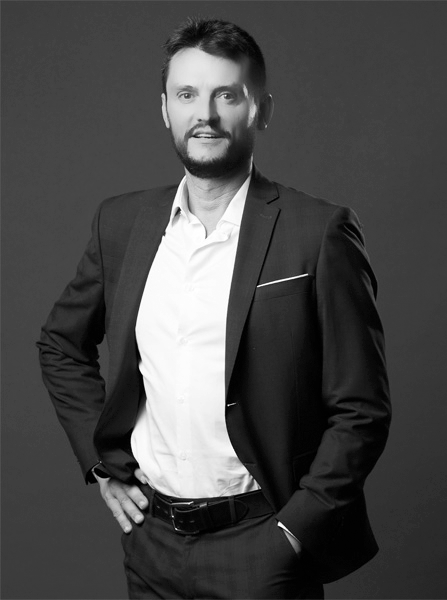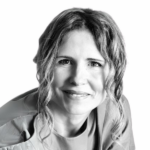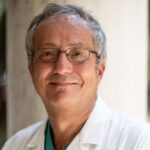Medical doctors and Surgeons
Fat: all its potential
The opportunities to use fat are increasingly encouraging. Alessandro Innocenti, Professor for the University of Firenze, and specialized doctor in plastic, reconstructive and aesthetic surgery tells us about the properties of fat.
Reconstruction starts with fat
For example, mammary lipofilling is a procedure that removes fat from localized areas and allows the reuse of it. It is in fact possible to transfer it from a donor area to a recipient site in volumising surgeries. The aspirated fat is processed by centrifugation to separate the hematic phase from the oily one that can’t be injected, because it could cause intense flogistic reactions inside the tissues.

The accumulation is then spread to multilayer lines surrounding the area with a 360° vital tissue because lipofilling is in effect a graft. Fat is a living unit and requires vascular connections with the recipient area.
The vascularization process lasts about 15 days and it is important to avoid big movements or these tractions could break the blood vessels and compromise the procedure results. However the surgeon clarifies that just like any other surgery, there is a downside: oily cysts for example can start a granuloma. It is also assumed that the use of fat could interfere with the biology of a tumor, when aggressive and active. Scientific evidence discourages this fear because it seems that there is no reason to prevent this technique.
Fat: a second skin
Fat also has regenerating properties, because it helps burned people to renew the sclerotic and dry lesional skin. Lesions can considerably interfere with the functionality of the mimic areas when hit. Fat can be used to solve this problem because it surprisingly softens the skin.
Fat has a big antigenic potential so it can’t be donated except for emergencies, for example in severe burns that cause a seriously compromised immunitary system.
It is however possible to store fat for autotransplantation within dedicated deposit banks.
Fat properties have been under study for over thirty years even though we are currently only using a small part of its potential. Encouraging and diversified aspects are observed while discovering its potentials and possibilities of use.




































